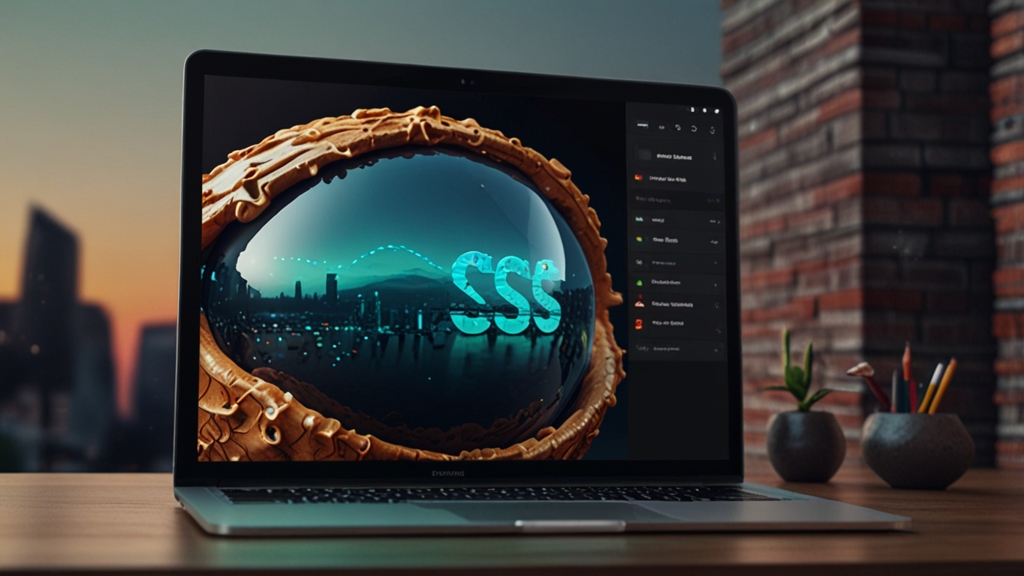How to Create Stunning Animations with CSS
Cascading Style Sheets (CSS) have empowered web developers with the ability to create visually appealing and effective web animations. With the right techniques, you can use CSS to create smooth and stunning animations that can enhance user experience and keep your audience engaged. This article will walk you through the basics of CSS animations and provide tips to create dazzling effects for your web projects.
Understanding CSS Animations
CSS animations allow elements on the web page to gradually shift from one style to another. There are two primary ways to create animations using CSS:
- Transitions: Used for simple two-state animations that occur when an element’s property changes.
- Keyframes: Used for more complex animations that involve an element undergoing multiple style changes over a period of time.
Using Transitions
CSS transitions enable you to create animations without the need for keyframes. You specify the property you want to animate, and CSS does the work of interpolating the values. Here’s a simple example:
.button {
background-color: blue;
color: white;
transition: background-color 0.5s ease;
}
.button:hover {
background-color: green;
}
In this example, the button background color changes smoothly from blue to green when hovered over. The transition property defines the duration and timing function of the transition.
Creating Animations with Keyframes
For more advanced animations, keyframes offer greater control. The @keyframes rule is used to define the style changes and the timing of those changes. Here’s an example of a spinning animation:
@keyframes spin {
from { transform: rotate(0deg); }
to { transform: rotate(360deg); }
}
.spinner {
width: 100px;
height: 100px;
background-color: red;
animation: spin 2s linear infinite;
}
The spin keyframes define a rotation from 0 to 360 degrees. The .spinner class then applies the animation to an element, causing it to spin continuously with a 2-second duration.
Making Animations Smooth and Appealing
While CSS animations can be powerful, it’s essential to follow best practices to ensure they are smooth and appealing:
- Keep it subtle: Avoid excessive or overly flashy animations that can distract users. Subtle effects are often more effective and professional.
- Leverage easing functions: Use CSS timing functions like
ease-in,ease-out, andcubic-bezierto create natural motion. - Optimize for performance: Animate properties like
opacityandtransformrather than properties that trigger reflows and repainting, such aswidthorheight.
Combining Animations with Interactivity
To enhance user interactions, combine animations with JavaScript. This approach lets you trigger animations based on user events (such as clicks or scrolling). Here’s an example of triggering an animation on a button click:
document.querySelector('.button').addEventListener('click', function() {
this.classList.add('animate');
});
.button.animate {
animation: bounce 0.5s ease;
}
Here, clicking the button adds the animate class, which triggers a bounce animation. This technique allows for responsive and engaging user interfaces.
Conclusion
CSS animations are a powerful tool for web developers to create engaging and interactive experiences. Whether you’re using simple transitions or complex keyframes, always remember to keep animations subtle, natural, and performant. By adhering to these best practices, you can create stunning animations that enhance the overall user experience on your web projects.










